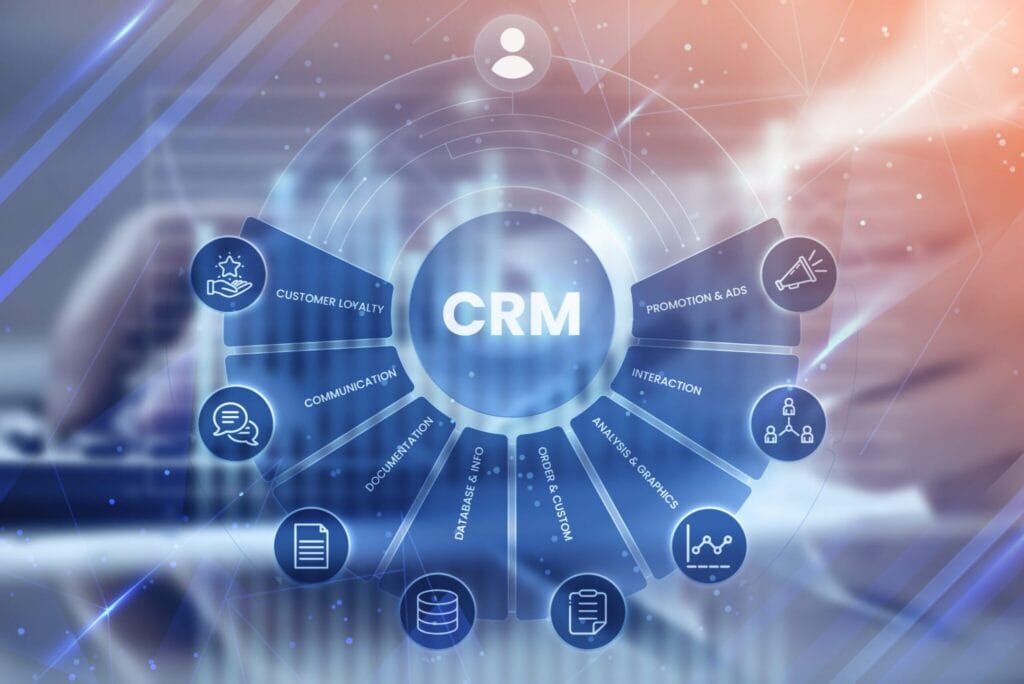Having a marketing strategy allows you to attract the right target and encourage purchases more quickly. On the other hand, the techniques are so diverse that it is easy to get lost. There is already a big gap between prospects and customers. You will need to implement the right actions to deal with each of these actors.
PRM: a new concept compared to CRM
Much less common, the term PRM or “ prospect relationship management ” refers to prospect relationship management . It has recently appeared in corporate jargon. In fact, we only knew CRM or “ customer relationship management ” until then, which is quite simply customer relationship management in French.
Before developing any strategy, you must keep in mind that the prospect is still only a potential customer of the company. This means that he has not yet made a purchase and that the team must switch him to the status of effective customer. Attention ! The prospect must already have made a first contact with your company, unlike the suspect who just has the criteria to be part of your target.
Despite everything, there is a base common to the two concepts. In one case as in the other, it is a question of managing a relationship with an individual. This is not just about sending emails . On the contrary, technology must be used wisely to customize contact, to create a dialogue with real added value.
The place of prospects and customers in the purchasing process
The model of the purchasing process developed by Engel, Kollat and Blackwell (1968) highlights 5 stages: the manifestation of the need, the search for information, the evaluation of alternatives, the act of purchasing and the evaluation post-purchase. The individual is considered as a prospect when he has not yet reached the fourth stage: that of purchase.
In the first 3 stages, the individual realizes that he has a need to satisfy. Naturally, he will look for the good or service capable of filling this gap. This is where the work of salespeople begins. Indeed, at the end of his research, the prospect will be confronted with several choices and this is where your offer must stand out compared to that of the competition. It is necessary to highlight the advantages of your product, such as technical specifications , reduction offers , warranty or even after-sales service . It is only by reassuring the prospect that you will be able to convert them into a customer.
In the last 2 stages, the work is not easier. Eh yes ! After having encouraged your prospect to purchase, you will now need to build their loyalty so that they do not go to your direct competitors. In addition to the price reductions granted for future purchases, it is the relationship between the service provider (you) and the customer that will convince them to stay or not. It will be essential to support them in discovering your brand and updating them on your product catalog.
Techniques specific to PRM and CRM
The PRM
Unlike the CRM , which is largely based on the customer's journey, the prospect is seen as an unpredictable actor . He will therefore approach your business by first seeking information. Salespeople must be trained in determining the needs of prospects instead of mechanically citing all the specifics of a product (this is boring and scares off the interested parties). Instead, you will have to favor questions, such as: "What exactly are you looking for?" A smartphone? What is your budget ? For what use do you want to buy it? ». These questions, a priori simple, remain the best way to capture the attention of your vis-à-vis.
It is essentially a front office job, where the sales force is continually in contact with potential new customers . For optimal results, particularly in large-scale distribution, it is recommended to assign salesperson(s) to specific categories. This will allow them to be specialized and avoid confusing elements of each product.
In certain sectors, such as the bank, prospects are even invited to join the office of a manager to know more about the products. If you arrive at this stage, it is because the customer is strongly interested. It will then be a question of carrying the "blow of grace" with advantages of which he would not have thought.
CRM
That's it ! The first sale has been made, but it's only the first step for your business. Now that you have one more client in your portfolio, don't let go! This is where after-sales follow-up comes into play. The term should not be confused with after-sales service. This is a proactive and not reactive approach. In other words, it will now be up to you to come to your customer to find out if they were satisfied with their purchase. If he makes comments about your product, don't take it the wrong way! This is an opportunity for you to make things right and show that you care about their well-being.
In addition to this post-purchase analysis , it is useful to keep your customer informed of the arrival of new products, for example. This can be done by sending regular newsletters . Being informative emails, it will no longer be necessary to bombard the message with long texts, but to get directly to the heart of the matter.
You will have to keep in mind that your relationship with your client will be decisive for the future of events. These questions will need to be answered as best as possible, even if it means making a phone call . Also be careful not to fall into a common trap! Instead of outbidding the characteristics of your offer, prefer an honest speech that highlights both its positive and negative points. You will quickly notice that your customer will be touched by your authenticity, and will be more inclined to continue purchasing from you.
Sources
https://www.e-marketing.fr/Definitions-Glossaire/Modele-Engel-Kollat-Blackwell-242406.htm





